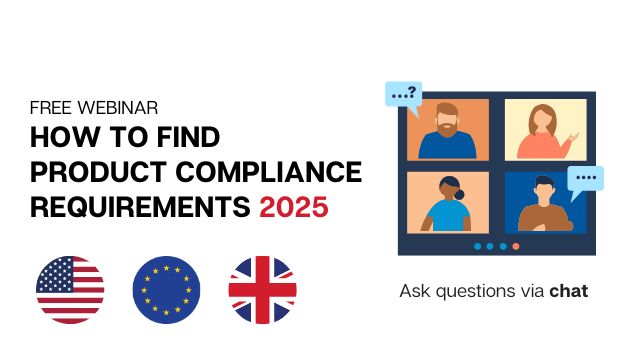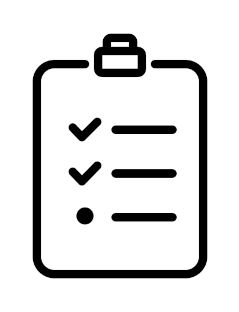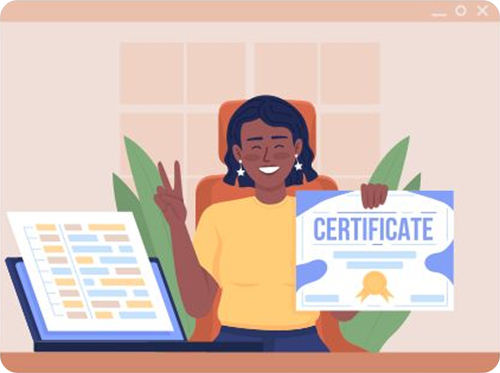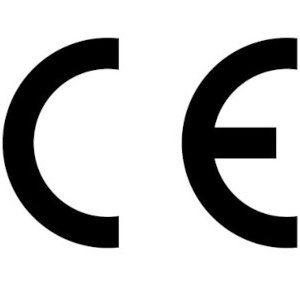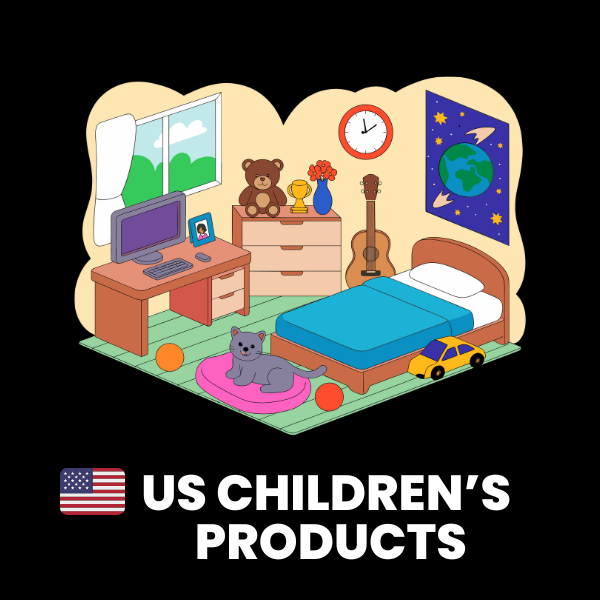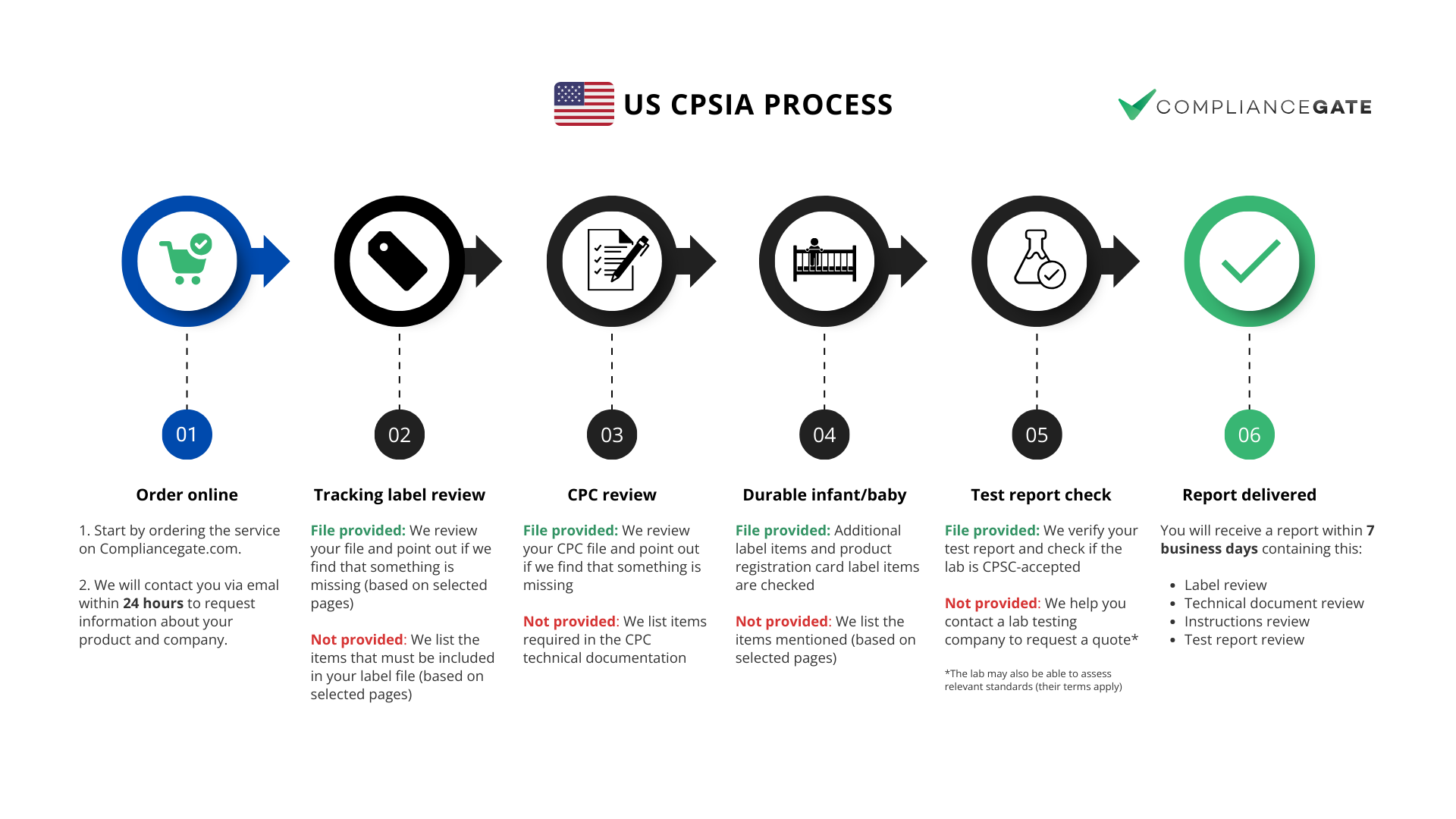US CPSIA – Children’s Products Check
We review your tracking label file, children’s product certificate (CPC), and test reports based on selected CPSC guidance pages related to the Consumer Product Safety Improvement Act (CPSIA). You will receive a report within 7 business days.
-

CPSIA tracking label review* -

Children’s Product Certificate review -

Test report review -

Product registration card (label items) review**
GET 40% OFF UNTIL FRIDAY
The discount is applied automatically in the checkout.
Order now (USD 239.4 (USD 399))
*Additional labeling requirements are taken into consideration for durable infant or toddler products.
**Only for durable infant or toddler products.
Product examples
This service is relevant for products deemed to be children’s products based on the following guidelines (accessed 2025-11-20):
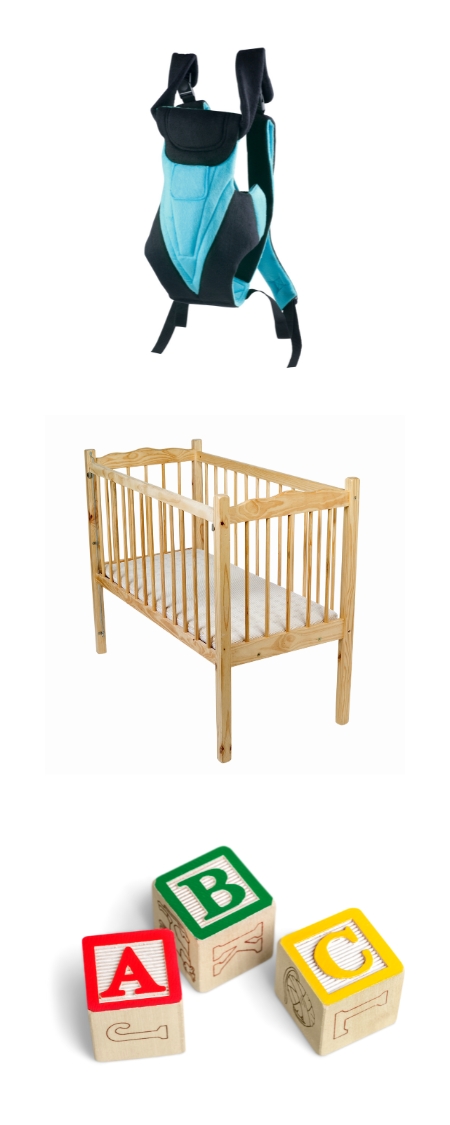
What is a Children’s Product?
The law defines a “children’s product” as a consumer product designed or intended primarily for children 12 years of age or younger. In determining whether a consumer product is primarily intended for a child 12 years of age or younger, the following factors will be considered:
– A statement by the manufacturer about the intended use of the product, including a label on the product, if such statement is reasonable.
– Whether the product is represented in its packaging, display, promotion, or advertising as appropriate for use by children 12 years of age or younger.
– Whether the product is commonly recognized by consumers as being intended for use by a child 12 years of age or younger.
– The Age Determination Guidelines issued by the Commission staff in January 2020, and any successor to such guidelines.
You can find the law in section 108(e) of the Consumer Product Safety Improvement Act of 2008 (CPSIA) (Public Law 110-314), and you can find the Commission’s interpretative regulation at 16 CFR part 1200.
Source: CPSC – Children’s Products (Link)
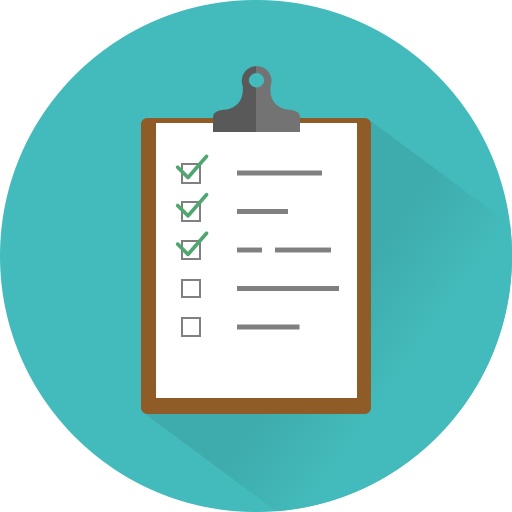
Service scope: This service is based on CPSC guidance pages related to the following CPSIA requirements: Tracking Label Business Guidance, Labeling Requirements for Durable Infant or Toddler Products, and Children’s Product Certificate. Other regulations, pages, or sources are not taken into consideration.
Note: We only check if a certain file item is present (i.e., a company name that is indicated as the manufacturer). However, we cannot verify if this data is correctly specified (i.e., the actual name of the manufacturer). Here are some other examples:
a. Some regulations may specify that “installation instructions” is required. If so, we can only assess if such instructions are present. We cannot determine if these are correct as this would require product specific knowledge that we do not have.
b. Some regulations may require technical documentation that includes product drawings or risk assessments. We can only assess if such information is present. We cannot determine if the drawings or risk assessments are accurate.
FAQ
What is the purpose of this service?
This service can help you understand if your label files, children’s product certificate, and test reports comply with certain CPSIA requirements.
What is this service based on?
This service is based on the specified CPSC guidance pages related to the CPSIA. No other articles, parts, regulations, guidance pages, documents, standards, or other information are taken into consideration.
Does this service cover all US regulations and standards for children’s products?
No, this service is only based on the specified CPSC guidance pages related to the CPSIA. Other regulations and standards may apply (including children’s product safety rules). For example, electronic toys can be subject to various regulations and standards. Additionally, children’s products can also be subject to substance regulations. As this service is limited to the specified CPSC guidance pages related to the CPSIA, we do not claim to cover every single regulation or standard that may apply to a particular children’s product.
What do I need to start the process?
We will contact you to request the following information once you have placed your order:
- Product information
- Company information
- Label file
- Document file
- Test reports
What if I don’t have all the files?
In that case we will review what we have. However, we will still list items that can be useful when creating your own files.
For example, if you do not have a label file, we will still include items from the covered guidance page/articles/regulations/parts in the report. This can be useful when creating your own label files.
What do I receive after the process is completed?
You will receive a report that will help you understand the following:
- What is correct
- What is missing
In some cases, we also specify recommended actions.
How many products do you review?
We review files and information for a single product per service order.
How long does the process take?
Normally 7 business days from the time we have received all the requested information. Note that a delay in providing the required information will also result in a delayed delivery.
Do you compare the files and information to all CPSIA requirements?
No, we do not compare your files to the entirety of the CPSIA or all related CPSC guidance pages in existence.
Which CPSIA requirements are covered in the check?
The specific CPSIA requirements the service is based on can be found on this page. We also specify the CPSC guidance pages used as reference points and provide source texts in the report.
Why is the check only based on certain CPSIA requirements?
If the service was based on a review covering the entire CPSIA and all related CPSC guidance pages, then the process would be many times more time consuming. This would also result in a significantly increased price.
We have selected parts of the CPSIA that we know manufacturers and importers often get wrong. That being said, we do not claim that the review is based on the entirety of the CPSIA and all related CPSC guidance pages . This means that other CPSIA requirements can still apply to your product, even though these are not mentioned or referenced in the report.
Are durable infant or toddler products taken into consideration?
Yes, we review additional label items and product registration card label items for durable infant or toddler products.
Do you check children’s product safety rules?
No, we do not check requirements contained in individual children’s product safety rules, or assess which may apply to a particular product.
That said, we do check the test reports. In general, a CPSC testing company should be able to determine which children’s product safety rules apply to a certain product.
Note that children’s product safety rules can contain additional requirements concerning labeling, warnings, instructions, or other aspects.
Do you check CPSIA related warnings and instructions?
No, we do not check warnings, instructions or safety information as part of the review process. The reason is that warnings and other information often depends on age groups, product specific risks and other factors.
For example, we cannot reliably determine if a product belongs to a certain age group and therefore require a certain warning symbol. Likewise, we cannot assess if a specific children’s product poses certain risks as we do not possess expertise about all toy products.
That being said, we do provide a static section in the report that explains how you can find children’s product safety rules that in turn contain requirements about warnings and instructions.
Do you guarantee or certify compliance with the CPSIA?
No, we do not guarantee or certify products as compliant with the CPSIA. We do not conduct a physical evaluation or testing process of the product. Further, we only review and check the files and information provided.
Further, we operate based on the assumption that testing companies provide a truthful verification of test reports upon request.
Will this report become outdated at some point?
Yes, regulations and standards can be amended or even replaced by entirely new. For example, the guidance pages/articles/regulations/parts that the review process is based on can be subject to change.
Note that we always specify which version of the guidance page/source the report is based on.

